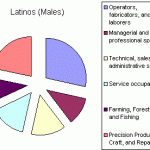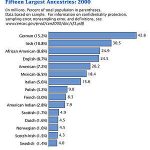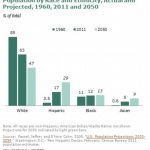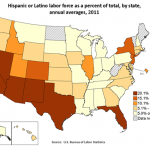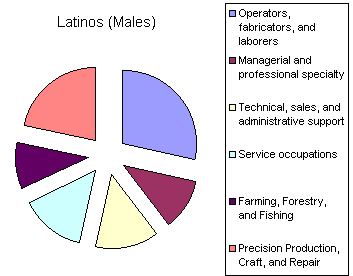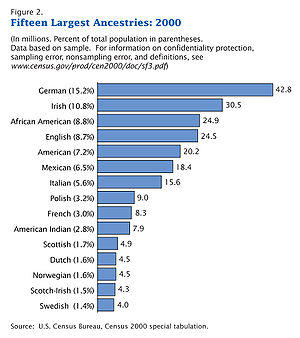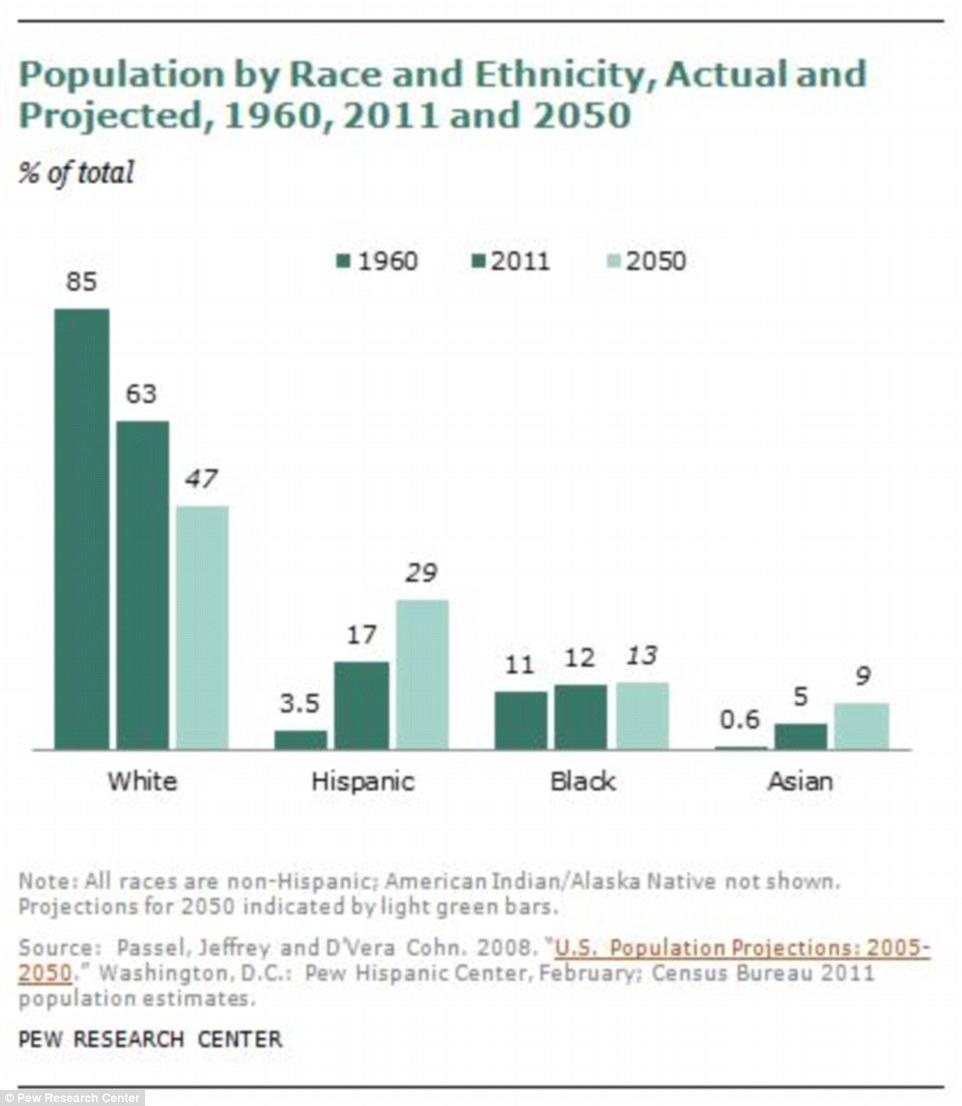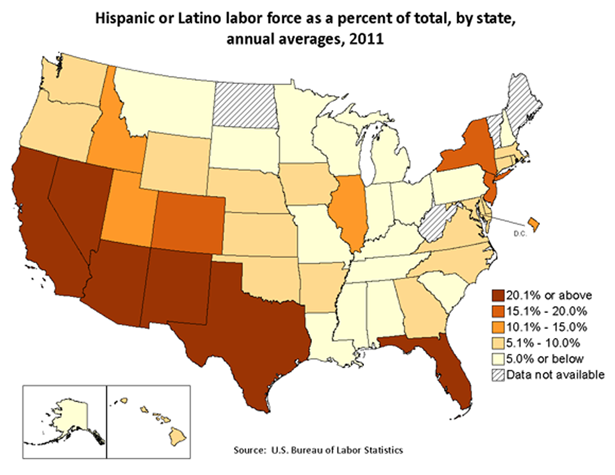In addition to political challenges and accomplishments, the Gilded Age and Progressive Era in Colorado also brought industrialization. Latinos played crucial roles in the shaping of a modern industrialized Colorado. Many especially those who had owned land in southern Colorado and who had depended on small-scale agriculture to make a living soon found themselves without land. Crop failures, a poor cattle market, unscrupulous Anglo creditors, lawyers, and land speculators all contributed to this loss of land, forcing Latinos to seek work in other industries. Although some Latinos weathered the storms and remained on their own land raising sheep and cattle others migrated in search of wage work, to areas where mining, smelting, meat packing, and large-scale agriculture dominated.
During the 1870s and 1880s, when the railroad arrived in southern Colorado, so did the coal mining companies. Latinos flocked to both industries in search of steady work. Those who found jobs with the railroad companies were relegated to low-wage track maintenance or section work. Latinos in the mining industry found similarly unskilled, low-paid work. Yet their numbers in the mining industry, in particular, continued to rise. By 1905, Latinos represented 11.5 percent of all Colorado Fuel and Iron mine workers, and by 1914, that number increased to 17.4 percent.2 By sheer numbers, they were a formidable presence. Mining companies also looked to Mexican labor to break strikes, especially during the 1903-1904 strikes in the coalfields of southern Colorado.
The first 30 years of the twentieth century witnessed the diversification of Colorado’s Latino population, when about 45,000 Mexicans migrated to Colorado in search of jobs. These migrants were fleeing the economic and political chaos of the Mexican Revolution and were searching for opportunity in El Norte, especially during World War I, when labor demands were at an all-time high. They represented historical experiences that were quite different from Colorado’s native-born Latinos, and those differences would play out politically and socially. Nevertheless, both groups sought work in the agricultural, mining, steel, and smelter industries.
By 1900, sugar beet companies, such as the National Sugar Company, were recruiting Mexican and Mexican American labor to work the beet fields in southern and northern Colorado. These companies established successful farms near southern towns such as La Junta, Rocky Ford, and Lamar, as well as northern towns such as Greeley, Erie, and Brighton. By 1927, Spanish-speaking workers made up 60 percent of the labor in the beet fields, as newspapers touted the biological characteristics that made Mexicans well-suited for such labor.
As migrant laborers, Latinos encountered exploitive conditions and intense nativism. They found themselves living in segregated neighborhoods. And their children considered unsanitary and intellectually inferior were not welcome in white schools.
Meanwhile, Latinos continued to work in Colorado’s mines, and they would do so well into the twentieth century. They worked the mines of southern Colorado, around the towns of Trinidad, Pueblo, and Walsenberg, as well as the northern coal fields in and around Boulder County in towns such as Erie, Louisville, and Serene. Latinos partook in some of the most important labor strikes in the state’s history, such as the strike that led to the Ludlow Massacre, in which two women, eleven children, five miners, and one militiaman were killed.
Latinos entered the steel industry in significant numbers. Like mining and agricultural companies, the Colorado Fuel and Iron Corporation recruited Mexican immigrants and native-born Latinos to work in its steel mills. Triggered by the railroad and the influx of investment monies, the city of Pueblo became the iron and steel center of the west an accomplishment made possible by foreign and native-born Latino labor. In the early twentieth century, the city’s Mexican migrant population increased by 2,500, in a period of 20 years.
The smelting industry also drew many Latino wage workers. Smelters sprung up in many places throughout the state, such as Leadville and Durango, attracting Latino laborers. Within a few years, many of these smelter companies began to relocate to Denver to minimize their production and labor costs. As a result of this and other factors, Latinos arrived in Denver in larger numbers around the turn of the twentieth century, contributing to the ethnic and racial diversity of the city. Again, Latinos found themselves relegated to the bottom rungs of society and to certain sections of the city. By the mid-1920s, Latinos dominated the Auraria neighborhood on the west side of Denver. They formed a close-knit community, with neighborhood events revolving around St. Cajetan’s Catholic Church.
Latinos and Colorado’s Segmented Labor Force Photo Gallery
Maybe You Like Them Too
- The Best Cities To Visit in The World
- World’s 10 Best Places To Visit
- Coolest Countries in the World to Visit
- Travel to Santorini, Greece
- Map of Barbados – Holiday in Barbados

